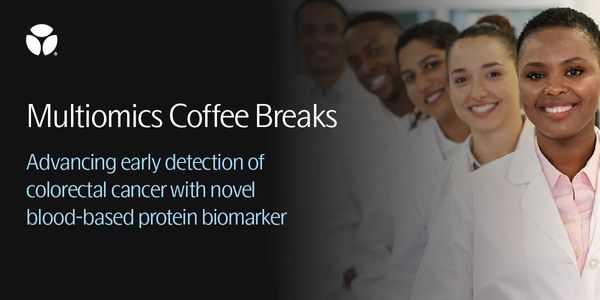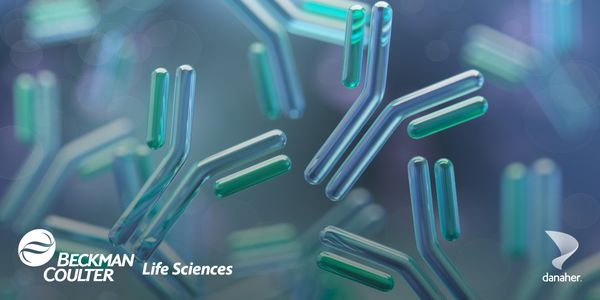Control Experiments for Reproducible Microbiome Research
Rapid advances in sequencing technology and spectroscopy have led to new measurements of the microbiome. Labs make choices based on their environment of interest and the questions they wish to answer. Understanding the effects of these choices has been under-appreciated, with an implicit assumption that further advances in technology will address all of the current shortcomings. Positive and negative control experiments can provide insight into technical variation, bias, and contamination. They can help investigators make quantitative and qualitative adjustments to data and enhance interpretation. Understanding these aspects is crucial to detecting true signal from noise. In this presentation, we discuss how to design control experiments and leverage information from them for the interpretation of environmental samples. Learning Objectives 1. To understand how analysis of mock communities can provide insight into technical variation, bias, and contamination in microbiome measurements. 2. To learn steps that labs conducting microbiome research can take to understand the effects of their choice of protocols.






